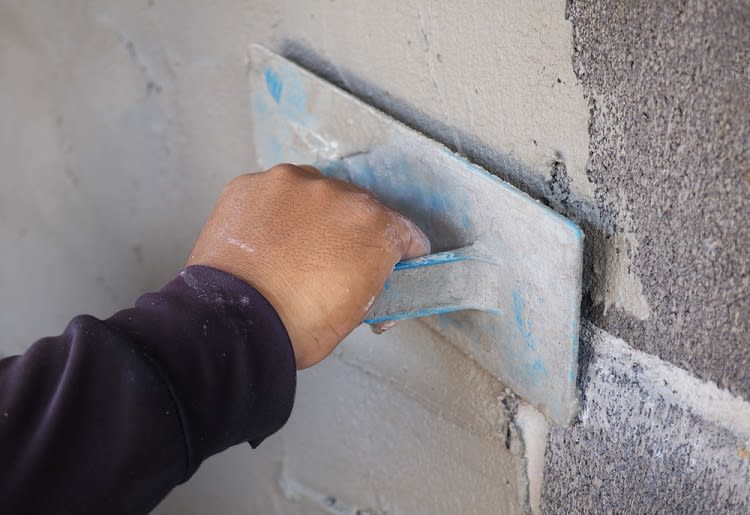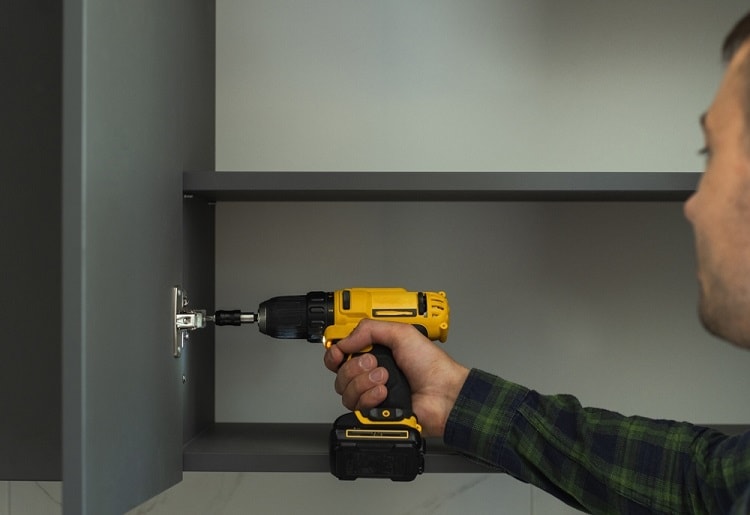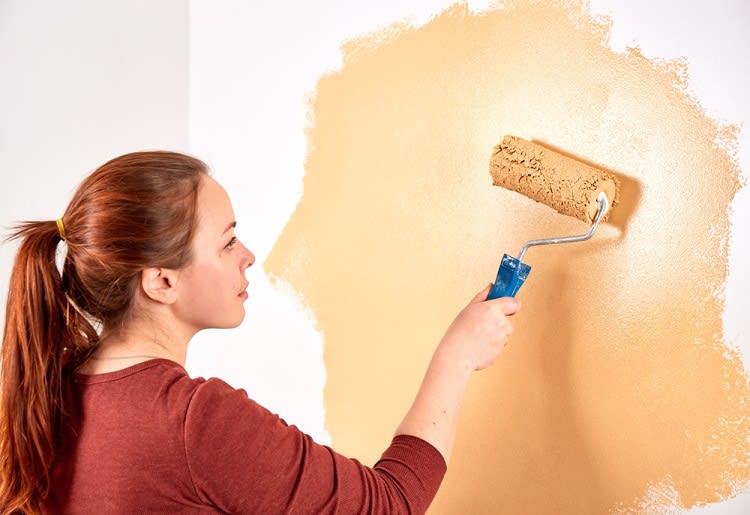Regardless of whether you opt for a home warranty, it's crucial to understand the distinctions between these expenses and their tax implications.
Repair and maintenance costs cover expenses related to addressing existing damages or preventing further deterioration of an asset.
On the other hand, capital improvements refer to expenses incurred through work to improve a property's overall condition and appearance. Capital improvement generally seeks to optimize a rented or leased property's value, function, and lifespan.
Understanding Capital Improvements
Capital improvement means making an overall or permanent change to a property to enhance its appearance and value. In other words, you change a property’s appearance or replace something. For example, you can convert a garage into an additional bedroom or living space. Another example on a smaller scale is finding leaky taps and replacing them instead of repairing them.
According to the Internal Revenue Service (IRS), capital improvements must exceed more than a year of completion and exhibit durability.
It is important to note that capital improvements always work to increase the value of a property. As such, always ask yourself if a repair or maintenance will improve the overall value of a property or keep it at its original value.

Understanding Repair and Maintenance Expenses
Repair and maintenance expenses refer to costs incurred from repairing or servicing an asset to ensure it remains in good working condition. Repair and maintenance are usually one-time expenses and include:
- Painting
- Servicing HVAC systems and air conditioners
- Repairing a plumbing issue
- Replacing a broken window or cabinet door
- It even includes payment made to a professional to inspect and maintain certain appliances
Can Repairs and Maintenance Be Capitalized?
According to the Generally Accepted Accounting Principles (GAAP), you must record and report repair and maintenance expenses on your financial statements when you incur them.
Repairs and maintenance enhance efficiency but do not increase the value or extend the lifespan of an item. Therefore, you shouldn't capitalize on these expenses. However, if you repair or purchase an item's parts for more than $5,000, which increases its value, you can capitalize it. In such cases, you must report all details of the repaired or replaced parts in the financial statement.

Tax Consequences of Capital Improvements vs. Repairs & Maintenance?
According to the IRS, special tax treatments are often granted to capital improvements. Since capital improvement increases the value of a property, the IRS will not let you deduct the entire expense for improvements in a single year. Since capital improvements depreciate gradually, you might be required to track and deduct the improvement cost over a period.
In the case of maintenance and repairs that do not improve the overall value of an item or property, the IRS considers such costs to be expenses. This means landlords can deduct all of these costs in a single year.
It is important always to be prepared with detailed records of repairs, maintenance, and capital improvements in the event of an audit.
Key Differences Between Capital Improvements & Maintenance Repairs
The key differences between capital improvements and repair and maintenance rely on two major factors: their classification and tax implications. These differences are outlined below.
Repairs and Maintenance
Classification:
- Restores property to its original condition
- Repairs property to restore its normal operating condition
- Preserves property through routine maintenance
Tax Implication:
- The IRS allows landlords to deduct all repair and maintenance costs in the same calendar year
Capital Improvements
Classification:
- Improves the lifespan of the property
- Adds value to the property or item
- Makes the use of the property flexible
- Enhances efficiency, capacity, or productivity
Tax Implications:
- The IRS will not allow you to deduct the entire cost of the improvement in one tax year

Final Thoughts
Understanding the difference between repairs and maintenance and capital improvements is quite tricky. This is why you must keep track of all your expenses and record them in your financial statements.
A professional tax consultant or property manager can help you when facing tax issues related to capital improvements or repairs and maintenance. You can also switch to home warranties for homeowners that could help with repairs and maintenance as needed.
